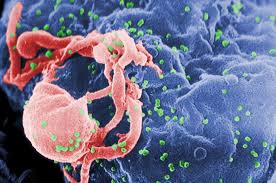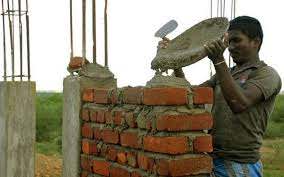
Health Minister Dr Harsh Vardhan addressed the Ministerial meeting of the Global Prevention Coalition (GPC) for HIV Prevention through video conference.
Daily Current Affairs Quiz 2020
Key-Points
HIV (human immunodeficiency virus) is a virus that attacks cells that help the body fight infection, making a person more vulnerable to other infections and diseases.
Indian model is centered around the concept of ‘Social Contracting’ through which the Targeted Interventions (TI) programme is implemented.
HIV is transmitted from person to person through bodily fluids including blood, semen, vaginal secretions, anal fluids and breast milk.
To transmit HIV, bodily fluids must contain enough of the virus. A person with ‘Undetectable HIV’ cannot transfer HIV to another person even after transfer of fluids.
‘Undetectable HIV’ is when the amount of HIV in the body is so low that a blood test cannot detect it. Treatment can make this possible. But regular monitoring of the same through blood tests is also required.
Around 80% of people infected with HIV develop a set of symptoms known as Acute Retroviral Syndrome, around 2-6 weeks after the virus enters into body.
Since the beginning of epidemic, more than 70 million people have got infected with HIV virus and about 35 million have died.
Globally, 36.9 million People were living with HIV at the end of 2017. Of these, 1.8 million were children under 15 years of age.
The total number of people living with HIV was estimated at 21.40 lakh in 2017. India witnessed over 87,000 new cases in 2017 and saw a decline of 85% compared to 1995.





